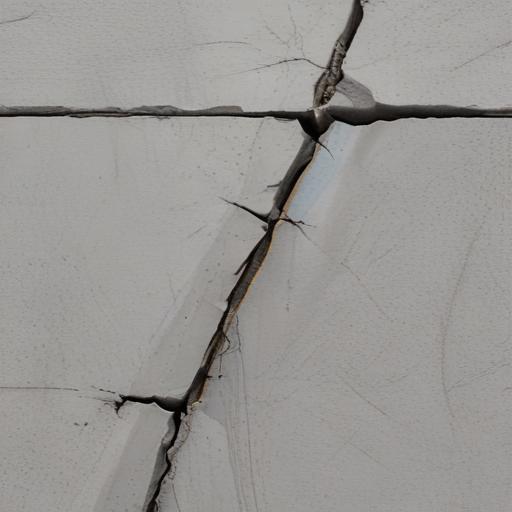Researchers say the next major quake on the San Andreas fault may unfold in a way that’s different from the traditional single, sweeping rupture many people picture.
experts emphasize that California’s main fault line is part of a complex network of faults. A future “Big One” could start on one segment and then cascade across neighboring faults, producing a multi‑part rupture with a broader shaking footprint than a single-segment event. In other words, the earthquake could be less like a single slam and more like a series of linked ruptures that unfold over time.
This view is drawn from a growing body of research that treats the San Andreas system as a portfolio of connected faults rather than a lone line. The southern, central, and northern segments along with cross faults interact in ways that can influence where and how strongly ground shaking happens. Studies rely on advanced monitoring methods—such as high‑precision GPS, satellite radar (InSAR), and dense seismic networks—to map how stress builds and releases across the region.
History offers lessons but also uncertainties. The Fort Tejon earthquake of 1857, one of the era’s largest California quakes, showed how a major rupture can affect a broad swath of southern California. Yet past events also demonstrate that ruptures don’t always travel the entire length of the fault in a single event. That variability is why scientists stress multiple plausible scenarios rather than a single forecast.
What this means for residents and policymakers is a continued push toward resilience. Buildings, bridges, and infrastructure must be designed or retrofitted to withstand different rupture patterns. Emergency planners advocate updating hazard maps, improving building codes, and expanding readiness programs so communities can respond quickly, regardless of how the quake unfolds.
A hopeful note is that better understanding of rupture patterns is already driving practical gains: more accurate risk assessments, smarter land-use decisions, and stronger emphasis on preparedness. Even as scientists refine their models, individuals can take concrete steps—secure heavy furniture, assemble emergency kits for at least 72 hours, know how to shut off gas and water, and practice drop, cover, and hold on during shaking.
Logical takeaway: This evolving view of the San Andreas fault as a connected system that can produce multi‑segment ruptures highlights the importance of adaptable readiness and robust infrastructure. By planning for a range of scenarios, California communities can reduce potential impacts and recover more quickly when the ground does move.
